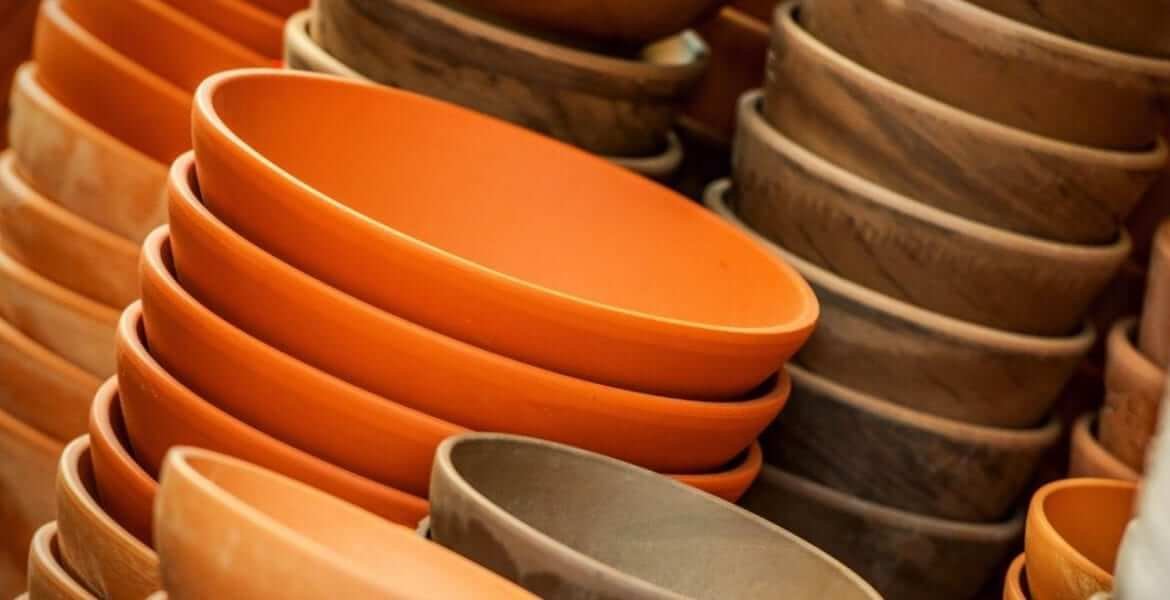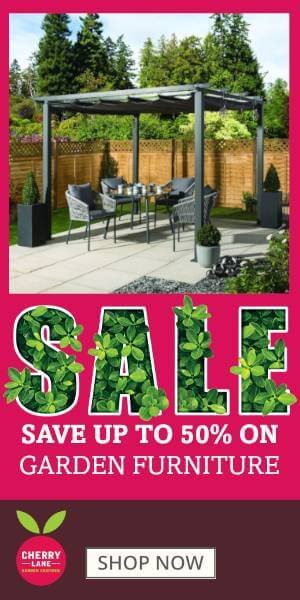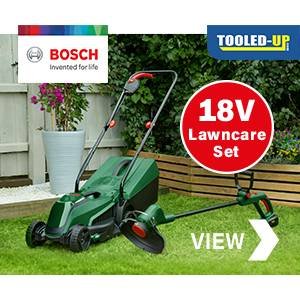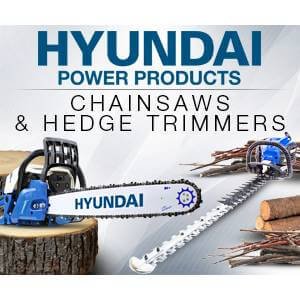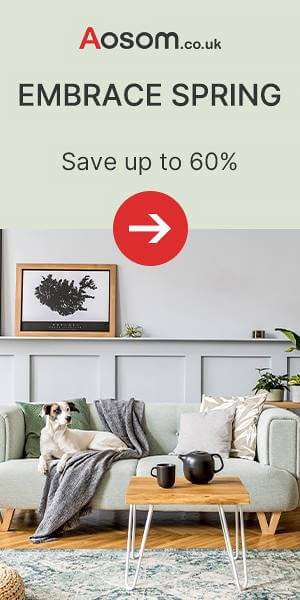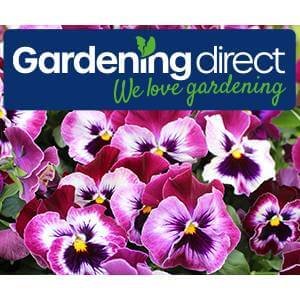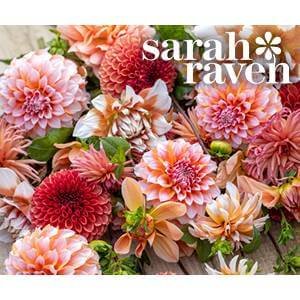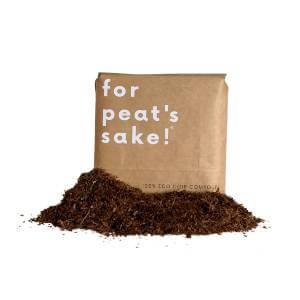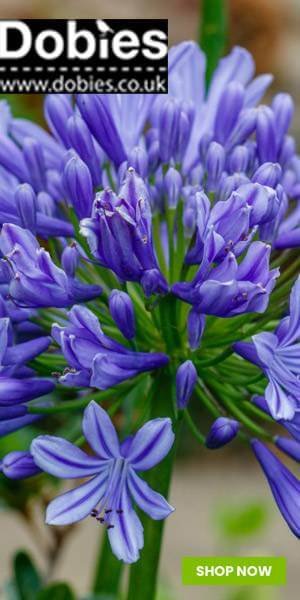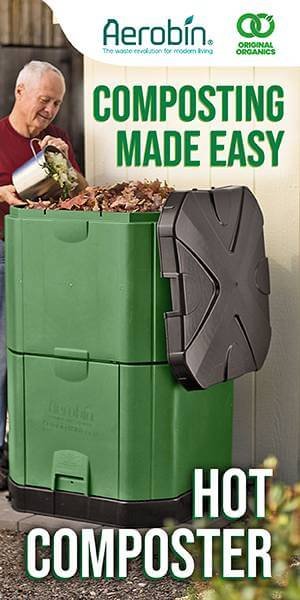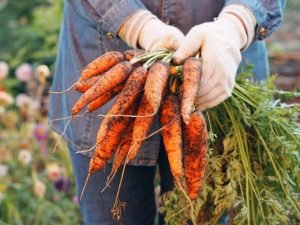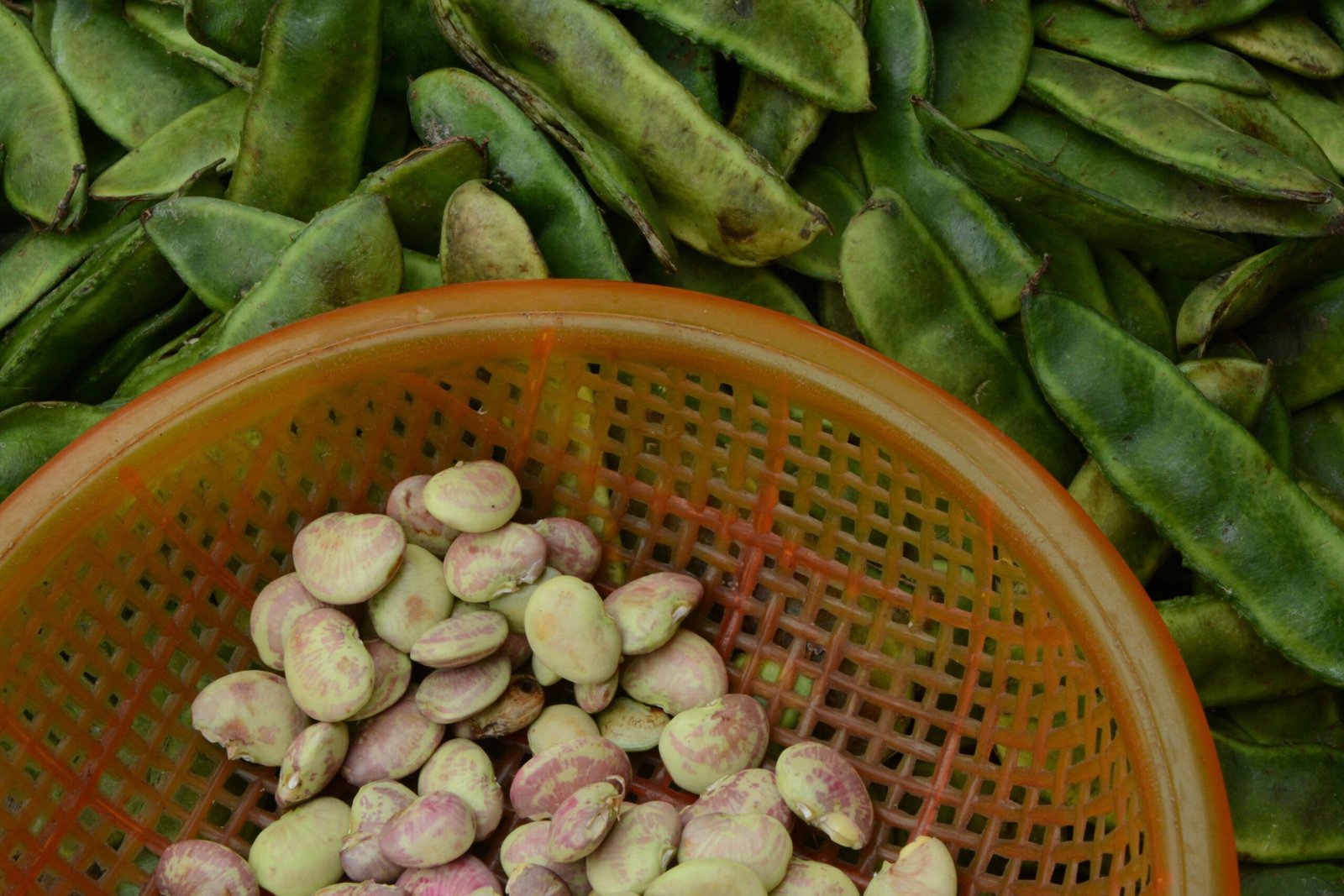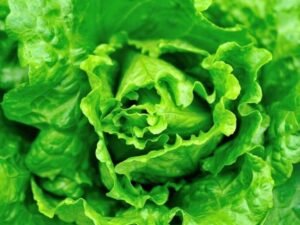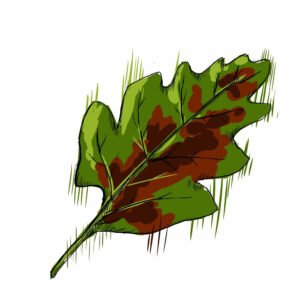Before we get into the in-depth specifics of all the pots out in the market, on a more general note, there are a few things to remember, first the size; this is an essential first base. Try to pick a pot that is 1.5 times the diameter of your plant’s root ball. Larger containers are typically better for growing plants simply due to the fact they can hold more soil, meaning the soil will stay moist for longer and can handle a variety of temperatures.
However, if you use a larger pot for a plant that roots are too small, all the extra soil will stay moist for longer which can cause root rot; therefore knowing the root system of your plant will depend on what size pot is suitable. Smaller plants such as herbaceous perennials will typically fit best in the smallest pots (9cm top x 8.5 height x 6cm base).
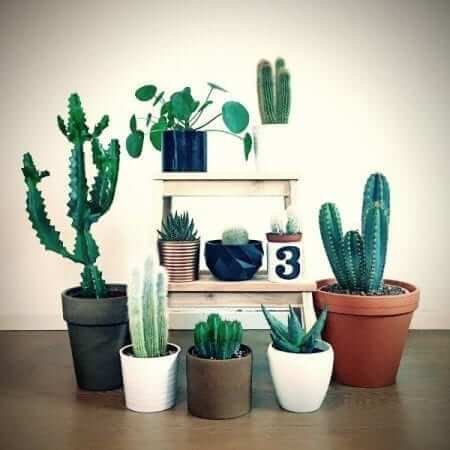
The next pot size up generally is a 2-3 litre size, not only the most popular, standard size, but they are perfect for most shrubs and perennials when these are first planted. Your plant will establish the pot quickly, but the larger pot size will have more of an impact; not only this but climbing plants, both fruiting and ornamental size are typically at this size.
A 4-litre pot is the next size up; this type is deeper than others so perfect for roses, tomatoes and other types of plants that have very deep roots. The only problem with these deeper pots is the top of them can dry up quickly so watering will need to be more frequent. Although there are several sizes in between the 9-12 litre pot, this is typically seen as a standard size for trees between 1-3 years old. More than likely, your plant would have been re-potted previously from a 3-litre pot or the ground. All these sizes above this will typically be for older, more mature trees.
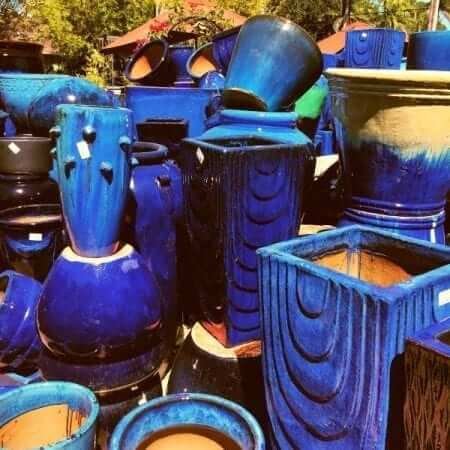
The more standard shapes like the above are not only the most popular but they are the best for those of us who forget to water frequently due to the depth they have in comparison to other sizes. Deep-rooted plants are perfect for these as they have the room to spread out. The benefit of a deep pot also provides the option to plant bulbs below your seasonal plants to allow extra colour during the spring months.
Although the larger surface means that an attractive display can be created, these types of pots will need to be watered more often due to the lack of depth that they have. It is also noteworthy that you shouldn’t plant too close to the edge. The perfect plants for these types of pots are ones that need very little soil, such as rockery plants or alpines.
These are a great ornament for your house and look fantastic indoors and outdoors as decorative pots, this is as far as they go. The narrow neck will make it impossible to get the root ball out intact when repotting and you would have to break the container to do so; however, these are great for artificial flowers displays!
A tall slim plant pot will need lots of compost in comparison to other shapes, and they are prone to being slightly unstable, you can resolve this by adding stones or other dense materials to the bottom. These types of pots do require specific types of plants, like wispy grasses or lobelias.

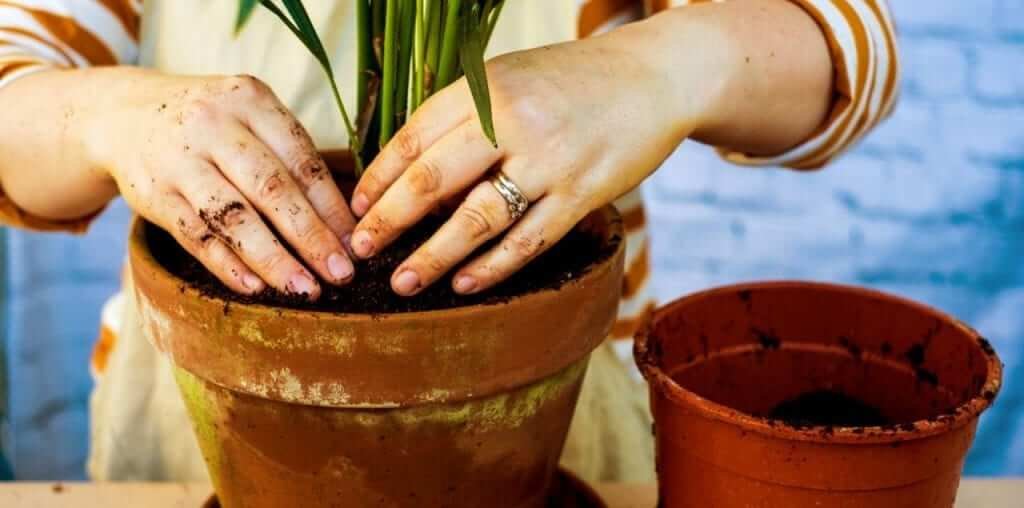
Draining is the next thing to look at when picking your pots, a container which lacks drainage is the common cause for most plants dying or being unhealthy, apart from a few aquatic plants most plants roots don’t like to sit in water as waterlogged soil can lead to root rot. When looking for a container in the shop, it is best to go for one with small holes at the bottom where water can quickly drain, large terracotta or wooden containers should have at least one hole (1/2 in. or more across, every 6in.)

If the pot you have gone for that does not have any holes there are a few options you can do; first, you can always see if you can drill holes into the bottom of the pot, this will, of course, be dependent on the material.
Another option is picking a different type of plant, shoreline plants love wet soil, so they are a good option for no drainage pots. Or you have one last option – to place your plant into a smaller container which has drainage, then put into your larger decorative pot without holes.
One thing to note about is the gravel myth. This trick does not work, instead of water draining it builds up between the soil and gravel which can potentially lead to the plant dying or becoming unhealthy; so just be careful if you have read about this trick!
Plastic Plant Pot
These are a great alternative to the more substantial pots out there like clay, and perfect if you can’t lift heavy items but still want something durable and stable for your plants.
These typically are cheaper alternatives to other materials on the market, and albeit they do not look 100% as authentic, they do look similar to the original versions, especially terracotta pots!
Another advantage to choosing a plastic container is they don’t tend to dry out in comparison to others, meaning that they are excellent choices for plants that love moisture.
This should prevent the plant from rotting, or for those who water their gardens infrequently (which we are all guilty of sometimes).
Plastic pots are also so versatile that as well as looking great outside, they will also look good inside your home or office. Due to them being available in all shapes and sizes you’ll be sure to find the perfect size for your space what’s best about these as well, as they all come with installed drainage holes, saving a massive job for you!
One last reason why you definitely can’t go wrong with plastic pots is that they can be environmentally friendly. Many plastic containers are made of recyclable plastic meaning they can be recycled but be sure to make sure the material is non-toxic to plants.
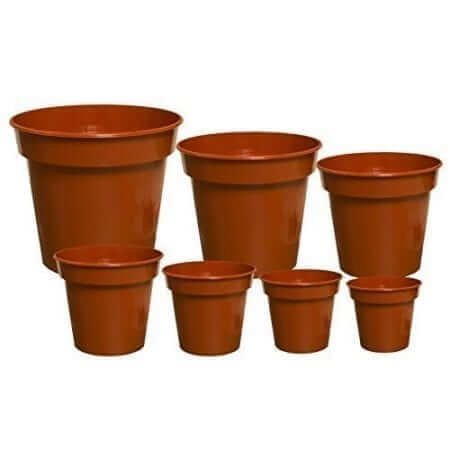
On the flip side, these plastic pots will typically only last a couple of seasons, which means they will need to be replaced more often than other materials and can end up costing more for the replacements over time.
The thin material of plastic can cause slight problems with little if any insulation. This can be a problem, particularly during hot and cold temperatures, meaning that they will heat up very quickly and cool down as well, which can be detrimental to the delicate roots and bulb.
The plastic will also be prone to chipping in direct sunlight; therefore, it is best to place your pot in partial shade or shaded areas.
There are also ways to prevent your plants becoming too cold; one way is to help avoid this is by having them raised from the ground preventing frost pockets (depressions in the ground where cold air collects).
Also, if you have sandy soil it would be best to replace this, sand is renowned for being a lousy insulator; one last tip is to cover your plants with cloth on cold nights, this can be done by using old bedsheets or blankets. Make sure to extend the cover to the soil and fixate with heavy items, be sure not to tie the cloth together – and remember to remove in the morning.
To add extra protection, you can always use a plastic cover. Lastly, unless well-weighted, it is best to avoid this type of material for large plants as they can be prone to tipping over. If you have a huge plant, it may be best to look at other material which can withstand the weight better.

Terracotta / Clay Plant Pot
Nothing can beat this simply classic look (in my opinion) baked clay is probably one of the oldest of all containers and develops a patina this is a film on the surface that progresses with age only making cold air collects). If you have sandy soil it would be best to replace this, sand is renowned for frost pockets and being a poor insulator.
One last tip is to cover your plants with cloth on cold nights; this can be old bedsheets or blankets. Make sure to extend the cover to the soil and fixate with heavy items, be sure not to tie the cloth together – and remember to remove in the morning.
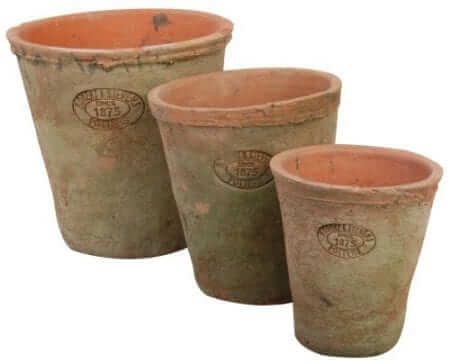
To add extra protection, you can always use a plastic cover. Lastly, it is more eye-catching and adding a character to your pot. These pots can breathe meaning that during the summer periods compost is less likely to overheat and during the winter become waterlogged.
They keep the root system of the plant at the perfect temperature that they need, the air movement in these pots stimulates root growth, ensuring it can breathe and stay healthy.
Not only this but this material also wicks moisture out of the soil, meaning that if you are a culprit for overwatering, then this is a better choice for you or choosing plants that prefer dry soils are also perfect for this container.
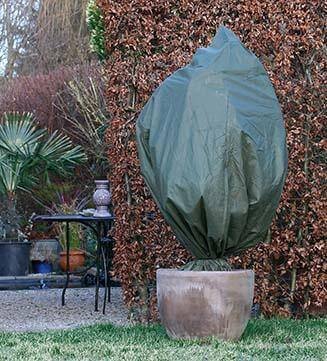

This does mean that ceramic pots do need watering more in comparison to plastic. For those of us who overfeed our plants, this pot will allow the fertiliser along with excess water, to leech through sides. This pot is also helpful in the sense that when you see green scum or algae growth, it is a sign you are overfeeding it.
These types of pots are perfect by not only withstanding all temperatures, but they are usually a dark colour so blend in well with soil, giving a complete look to your garden.
Another perk of this material is they have better insulation barriers, meaning that during the cold weather, this pot is one of the most suitable for your delicate plants. We would recommend this type of container for larger plants, where a bigger plant with thick roots would sit comfortably in a large clay pot.
With room to grow and become stable; combined with these clay pots are strong and durable, meaning it is unlikely they will be blown over or become unstable- perfect for your top-heavy plants. What’s even better is that all clay is compostable, so there is no need to worry about any lasting pollution, and you can also use the broken clay when creating new pots – see below.
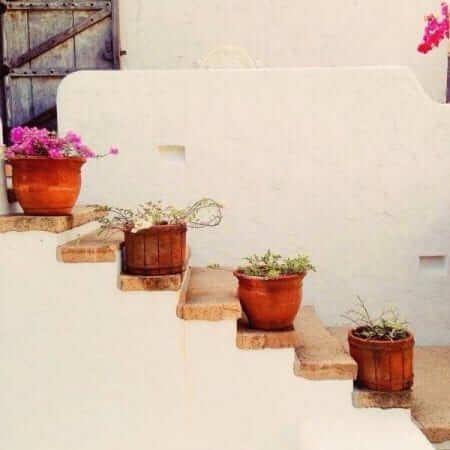
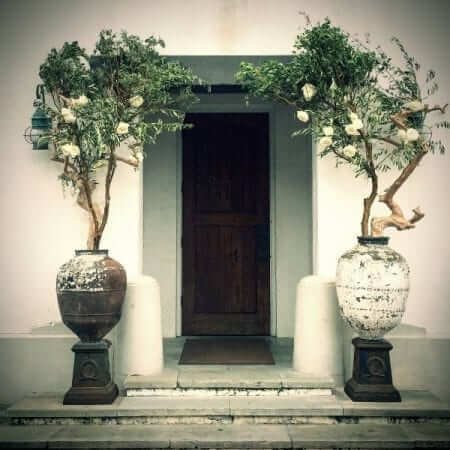
The disadvantages of the clay material are how easily it can chip. Therefore, these pots need to be handled with more care, as one drop will typically always destroy it. This can also be a problem due to how heavy they are, so if your someone who usually likes to move your plants around in your home, we would recommend choosing another lighter material.
Equally, if you do place this inside your home, try not to put somewhere unreachable. We think they look great inside your home. Despite this, clay pots are probably one of the best materials for outside your homes, and also best for your larger plants, but do be careful where you place them.
Due to this material being porous it can lead to your plant cracking due to the way it absorbs and how it allows the water to pass through; so be sure to try to keep them in a frost-free location.
As well as this, this type of material will absorb moisture from compost; you will need to water your plants more in comparison to other materials. One quick fix for this would be lining your pot with a layer of newspaper to increase moisture retention which will ultimately also help protect it from frost.
Another problem with clay pots is after 1-3 years they can become brittle and degrade when being kept outside; despite this being a downside they will typically last as long as your plant needs before it needs repotting. One last final note is that these pots are not suitable for perennials or shrubs that will be kept outdoor year-round.
Wooden Plant Pot / Wooden Planters
Wood is not only extremely practical but also suitable for most situations; thick wood is an excellent heat-insulator which helps protect roots in all temperatures. Not only this but physically outside in your gardens this gives a simplistic natural look to your space, they are perfect for larger garden projects, and shrubs of different colours – making them an ideal sanctuary for bees.
Half barrels are popular for growing dwarf fruit trees due to how much room they have, another plant we would recommend is vining vegetables like melons, squash and cucumber where the vines cascade down the barrels – which looks effective and very appealing! Make sure you use high-quality soil, wooden containers are usually large and require a lot more soil, so it needs to have good drainage.

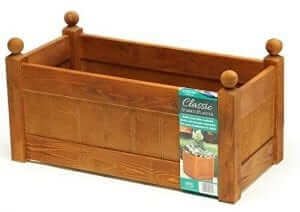
These containers are generally cheaply sold but are also so easy to make yourself using old pallets and a drill (and of course someone who can be trusted with a drill – here’s an article that shows you how to make them if this is something you would like to try. If you treat your wood containers well then, they can last up to 2 decades making them a highly durable pot.
On the flip side, wood is problematic in that it rots, which can be down to a few different reasons, but one main reason is the rain. You can extend the lifespan of a wooden container by lining it with plastic sheeting with holes in the bottom and painting the wood with a preserver.
Woods such as redwood and cedar do not require painting as these are rot-resistant timbers; another solution is to raise the pot from the ground to ensure there is good drainage underneath – all of which are ideas to overcome rot. Another disadvantage to these pots is how heavy these pots are when filled with soil this makes them difficult to move.
Metal Plant Pot
A more modern style of pot, this popular material is frost-proof and unlike clay won’t dry out. They are pretty durable simply due to them not breaking or cracking, but the thinner metals can dent. We think they look great both indoors and outdoors and can suit growing herbs in and we love ours in the kitchen.
Now due to there being a wide range of metals, each will have different properties, which is what makes these pots so amazing – Aluminum is very lightweight and won’t rust. Now although metal pots look great, they are prone to heat up very quickly in the summer and turn very cold in the winter months, providing very little insulation for your plants.
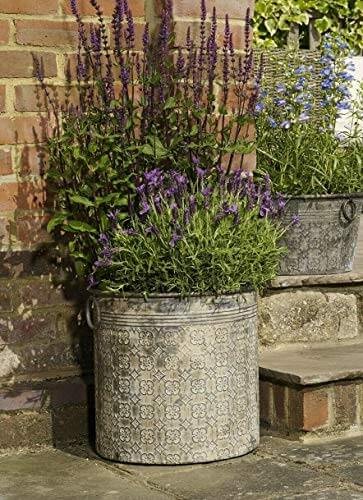
One way to solve this is by using them purely as a decorative pot, aka a cache pot that needs no drainage hole but the pot inside will. Therefore, you can still protect your plant’s roots, but you get the desired look.
Another main problem with these pots is corrosion; this is a natural process that will happen; however, to help try and avoid this, treat your pot with bitumen paint before use and fingers crossed your pot should last!
Grow bags
Another alternative is grow-bags. These are a great way to grow vegetables, specifically courgettes, tomatoes or pumpkins do well in these. Although to some, they may not be as aesthetically pleasing they are perfect when you have limited space to plant in your garden. Grow bags are a super-easy way to plant, saving you from digging up your garden and nonetheless containing all the nutrients that your plants need to thrive.
As well as this, they also benefit from giving your plants a better root system; this is due to the air purifying system it has, which ultimately means that they won’t become root-bound. Rootbound is where the roots will grow until they hit the walls; they will then make a turn and keep growing within the soil. Eventually, they circle the pot with nowhere else to go and become root-bound.
Whereas in comparison in these bags the roots will have air contact causing them to stop growing and new smaller roots to form on the plant, meaning they have a healthier root system. Another positive is that some bags are biodegradable, which means you can plant them in the ground with your plants, and they will root away with them in the soil.
Now, like everything there are a few drawbacks with these, the main is that they allow more heat to escape during cold temperatures, if the soil gets too cold this can lead to the plants dying. One way to prevent this is by adding extra insulation when you know the temperature is going to drop – one easy way is to cover with a blanket but making sure to remove it when the temperature rises. These bags dry out a lot quicker than other materials, especially when the air is dry, there is low humidity, and the sun is out, so will need watering more frequently.
One simple fix to this is the bottle watering system, a perfect way to reuse your plastic water bottle. Simply fill them up with water turning them upside and placing into the soil, ensuring that either the bottle of the lid has a nail size hole in or a funnel is attache. This idea is also great if you are going away and don’t have anyone to look after your plants. Not being able to place these inside your homes is one major downside; these aren’t as versatile as other materials and only suitable outside.
Smart Planter
There are also other newer pots out in the markets, smart planter is the latest pot out in the market; albeit a lot more expensive than other pots on the markets these are perfect for those of us who have zero ideas how to look after our plants. The concept of these are simple – they kind of turn into your house pet, letting you know when the plant needs watering when it’s hungry and even when it is too hot or cold!
But not only this it has 15 different animated emoticons to let you know how your pot is feeling, and it’s all connected through to your iPhone – which at 1Garden we think is pretty cool!
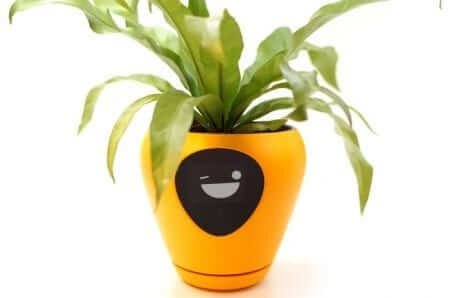
Old treasure, new plant pots
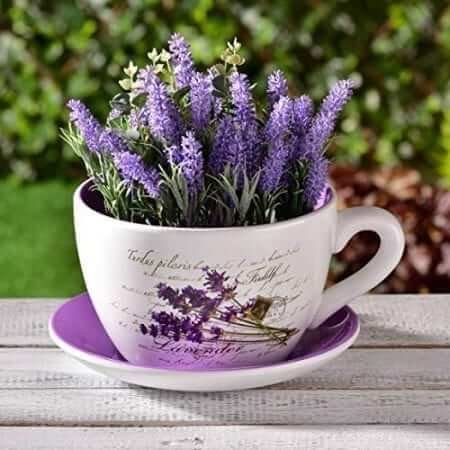
Upcycle – have you ever heard of it? Well now you have, this is the process of transforming unwanted products into new material or products of better quality and environmental value, and we for one love recycling and reusing bits and bobs here at 1Garden, and so should you!
Remember them, old candle holders? Or the old teapot that you needed to replace or even that sink when you had your kitchen redone? Well, who would have guessed you could have used them in your gardens as decorative items for your plants. Pretty much anything you can use! Here is how to make your own; the rules are pretty much the same for most holders:
Steps to upcycle your old treasures
- The first step is to clean out the pot/container. This is to make sure that it is free of pests and diseases and anything else that could potentially be toxic to your plant. Just a rinse in the sink with some washing up liquid and this should do the trick.
- Check to see if the base of your makeshift container has any drainage holes. Not to fear if it doesn’t, there are a few tricks you can use instead. The first is to buy a smaller pot – typically plastic as these are the cheapest option and come in a wider variety of sizes, place this inside your container. This will then ensure the roots of your plants won’t become waterlogged and rot. For other more obscure items such as kitchen sinks, these should (hopefully) have a drainage hole already. Other items such as old welly boots, plastic water bottles or even milk bottles cut in half will be easy to drill/cut holes into. Equally, you can choose a moisture-loving plant that doesn’t mind sitting in water. (Take care at all times using the correct tools and safety equipment)
- Once you have your draining holes add the soil, making sure to tease the roots of the plant lightly and the root bulbs – pull the roots out slightly; which makes the plant aware that it now has more space. Add to the soil, making sure this is also watered.
- Your new plant pot should now be ready to position – read our article here about where is the place for each plant!


